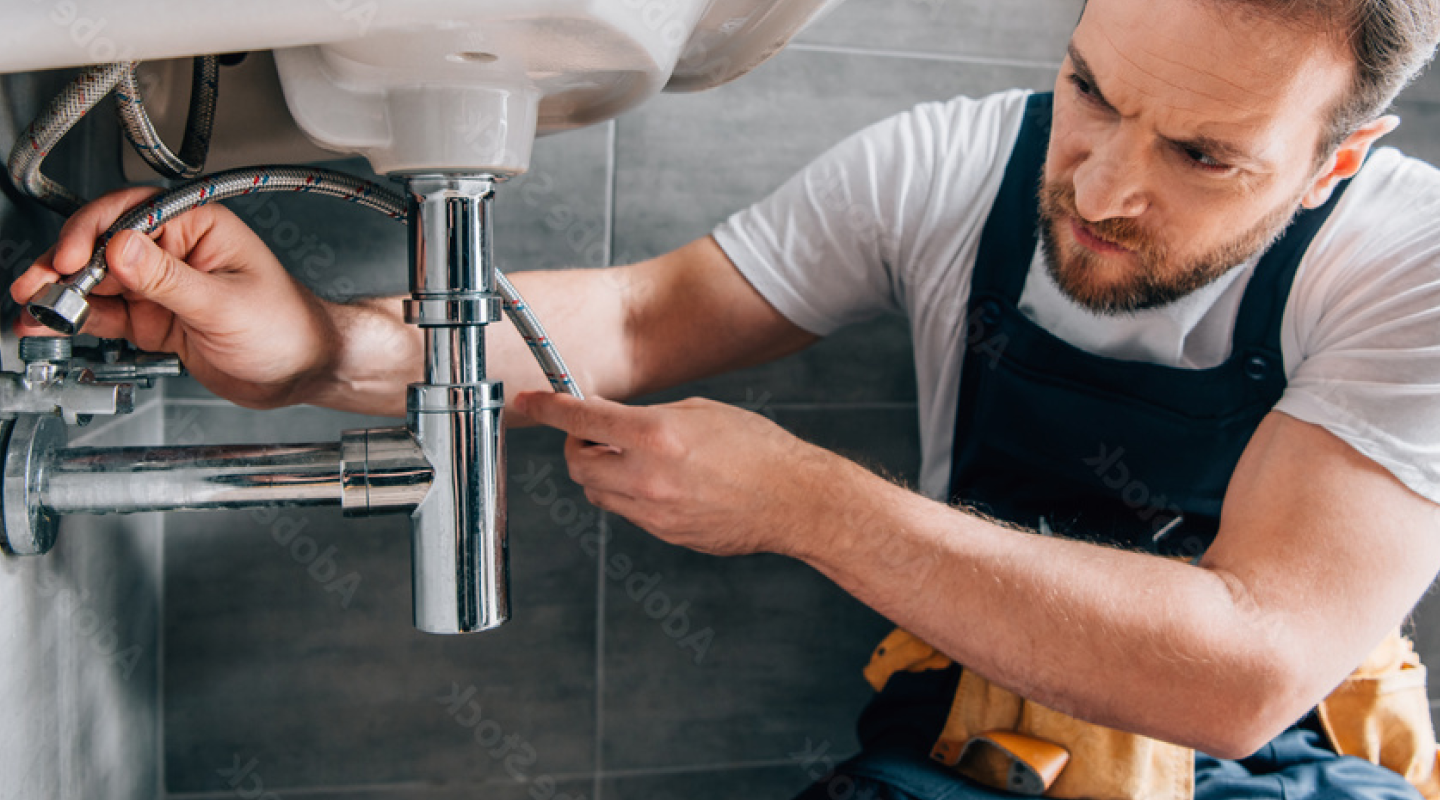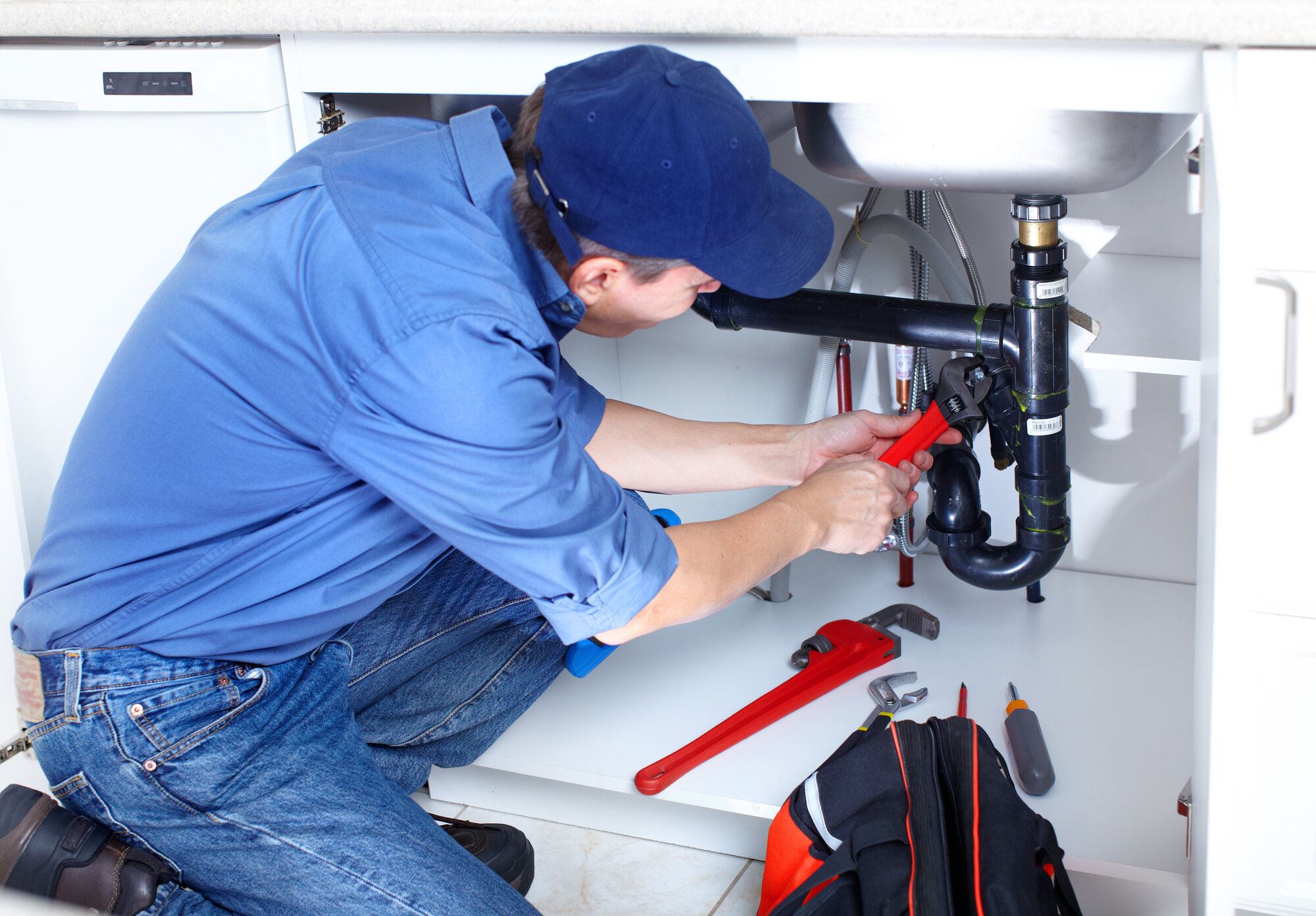Top-Rated Plumber Alabaster AL Ready to Offer You Anytime
A Step-by-Step Overview to Effective Water Heater Setup for Optimum Efficiency
Getting started on the task of setting up a water heating unit is an endeavor that demands precision and an organized strategy for achieving optimum performance. As you proceed, the complexities of linking water supply lines and setting up trusted electric or gas links await, promising understandings right into guaranteeing efficiency and reliability.
Selecting the Right Hot Water Heater

Following, think about the dimension and ability of the water heater. It's vital to analyze your household's warm water needs, which can differ based upon the variety of residents and their usage patterns. A system that's as well small may result in inadequate warm water, while a large design may result in unnecessary energy intake.
Efficiency scores additionally play a pivotal duty in choice. Look for water heaters with high Energy Variable (EF) scores, suggesting exceptional performance and decreased energy usage. Tankless designs, though usually much more expensive ahead of time, offer considerable energy financial savings with time as a result of their on-demand heating capacities.
Preparing the Setup Area
Prior to setting up a new water heater, precise preparation of the setup area is vital. It's crucial to determine the room carefully to accommodate the water heater's measurements, ensuring ample clearance around the unit for reliable operation and servicing.
Next, get rid of any kind of debris, dirt, or obstructions from the site to create a tidy environment. Inspect the flooring for security, as the hot water heater will certainly require a solid, level surface to operate properly. If needed, mount a drip frying pan under the unit to capture possible leakages or spills, preventing water damage to the surrounding location. In areas vulnerable to seismic activity, think about setting up seismic straps to secure the heating unit firmly in position.
Additionally, ensure that all needed tools and products are on hand prior to starting the installment. This includes items such as wrenches, screwdrivers, a degree, and any extra hardware required for protecting the heating system and mounting. A well-prepared installment location establishes the foundation for an effective water heating system arrangement, maximizing performance and safety.
Connecting Supply Of Water Lines
When linking water supply lines to your recently installed hot water heater, it is vital to guarantee that all connections are safe and secure and leak-free to maintain efficient procedure and prevent water damages. Begin by recognizing the warm and cool water system lines. The cold water inlet is commonly noted with a blue tag or a "C", while the warm water outlet is noted with a red tag or an "H".
Usage adaptable hot water heater ports to facilitate a simpler installation process. These ports can take in resonance and permit mild activity, minimizing the threat of leakages. Prior to affixing the adapters, place a plumbing technician's tape around the threaded ends of the water heating unit's inlet and outlet pipelines - Plumber Alabaster AL. Drain Cleaning Alabaster AL This tape acts as a sealer, protecting against leaks. Meticulously link the versatile pipes to the corresponding inlet and outlet, ensuring that they are not over-tightened yet tight, which could harm the threads.
When links remain in location, slowly switch on the major supply of water valve. Examine each connection for leaks by visually examining and feeling for moisture. Tighten connections as required, and guarantee the pressure alleviation shutoff is correctly installed, safeguarding versus extreme stress accumulation.
Setting Up Electrical or Gas Connections
Effectively setting up the electric or gas connections for your water heating unit is a crucial action to ensure effective and risk-free operation. For electric water heaters, start by verifying that the electric circuit is suitable with the heating system's voltage and amperage demands. Make certain the power supply is shut off at the circuit breaker to stop mishaps. Attach the electrical cables to the heater following the manufacturer's wiring layout. Generally, this entails attaching the ground wire to the environment-friendly terminal, and the continuing to be cords to their equivalent terminals, securing each with cord nuts.
For gas water heating units, security is extremely important. Connect the gas line to the water heating unit utilizing a flexible gas port, ensuring it is appropriately threaded and secured with pipeline joint compound or Teflon tape ideal for gas connections.
Once connections are made, check for any kind of possible leaks. For gas lines, use a soapy water service to the joints; bubbles suggest a leak. For electric links, verify that all wiring is safe and secure and properly shielded, keeping compliance with local electrical codes.
Checking and Changing for Performance
With the electrical look at here now and gas links securely in location, the following step is assessing the operational effectiveness of your water heating unit. Begin by carefully switching on the supply of water and guaranteeing there are no leaks at any of the shutoffs or joints. As soon as verified, continue to fill up the tank, paying attention to the stress and temperature setups. It is suggested to establish the thermostat to an advised temperature of around 120 ° F(49 ° C) to stabilize energy efficiency and comfort.
Next, execute a detailed evaluation to guarantee the burner or gas heaters are working correctly. For electric heating systems, make use of a multimeter to confirm if the elements are attracting the suitable current. In gas models, observe the burner fire; it needs to be blue and consistent, suggesting reliable combustion.
Adjust the settings as essential to get rid of ineffectiveness. Take into consideration implementing article source insulation measures, such as including a hot water heater covering, to further enhance efficiency by minimizing warm loss. In addition, check the anode pole's problem, as a worn-out rod can minimize performance and lead to tank corrosion.
Verdict
Effective water heating unit installment is essential for guaranteeing ideal performance and power cost savings. Securely linking water supply lines and thoroughly setting up electric or gas links decrease prospective concerns.

Appropriately establishing up the electric or gas connections for your water heating system is an important step to make sure safe and efficient procedure. For electrical water heating systems, begin by verifying that the electrical circuit is compatible with the heating system's voltage and amperage needs. Connect the gas line to the water heater utilizing an adaptable gas adapter, ensuring it is effectively threaded and sealed with pipeline joint substance or Teflon tape ideal for gas links.